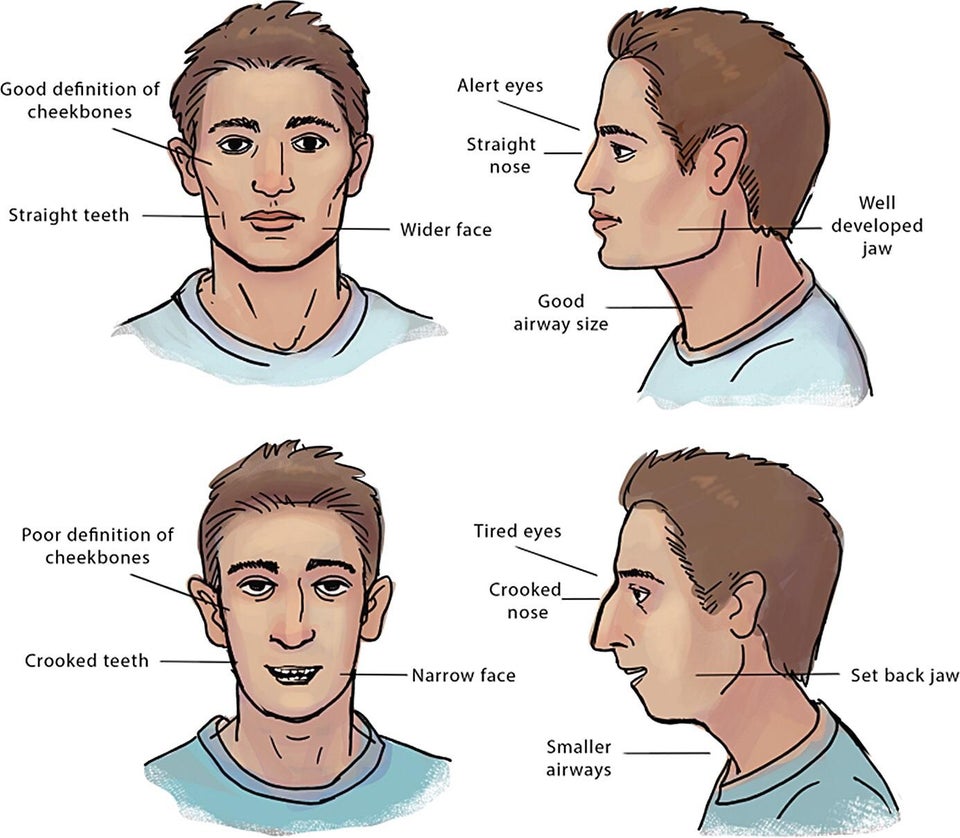Orofacial Myofunctional Disorders (OMD)
Ever wonder why your child drools? How about why your child’s teeth are crooked? Why your child isn’t able to say the “s,z,ch,r,” or “sh” sounds correctly?
If you answered yes to one or all of the questions above, your child might have an orofacial myofunctional disorder.
What is an orofacial myofunctional disorder?
As you read this blog, your tongue is supposed to be touching the top of your mouth, your back teeth are apart, and your lips are closed. What happens when this isn’t the case?
In children, open lips can cause drooling and weak lip muscles. If your tongue is down at rest (when not talking or eating), it can cause your tongue to move forward when swallowing. You can have difficulty gathering food and saliva, and it might lead to your child pushing food out of the front of his/her mouth when swallowing. If your tongue is often touching your front teeth, it starts to push your teeth forward and out of alignment with your bottom teeth. A low or forward tongue position can also affect how you say certain sounds and make a person hard to understand. Sounds that are typically affected are the “s” and “z” sounds which are often produced with a “lisp” or the tongue moving forward between the front teeth. Other speech sounds such as “sh,” “ch,” “r”, or “j,” (i.e., jump) can also be mispronounced because the tongue is not in a high position.
What causes an orofacial myofunctional disorder?
There are several things that can cause an OMD. These include: mouth breathing, overuse or long term use of sippy cups or pacifiers, large tonsils, allergies, thumb sucking, and/or tongue ties.
Who can treat an orofacial disorder (OMD)?
An orofacial myologist is usually a licensed Speech-Language Pathologist or Dental Hygienist. The orofacial myologist can see if you have an a typical tongue or lip posture and how it may be affecting you. Treatment will focus on changing eating and drinking habits, along with working on improving a child’ errored speech sounds. It will also teach a child to close his/her lips at rest, breath out of his/her nose, and change where a child’s tongue is when not eating or drinking. Treatment may also involve seeing other professionals including Ear Nose and Throat physicians, airway focused dentists, chiropractors, or orthodontists. These professionals can help fix your child’s teeth alignment, widen a child’s mouth (to make room for a child’s tongue), or identify any medical causes for your orofacial myofunctional disorder.
What age is OMD treatment appropriate?
OMD treatment can begin as early as three but is most appropriate around seven or eight years of age. When dealing with younger children, it is not uncommon to start and stop treatment over the course of several years. This is because treatment will target only those skills that are appropriate for the child’s age and developmental level.
If you feel like your child might benefit from an orofacial myofunctional evaluation, contact an orofacial myologist at Kids Place for an evaluation.
References:
IAOM. 2021. International Association of Orofacial Myology. [online] Available at: <https://www.iaom.com/> [Accessed 3 November 2021].







